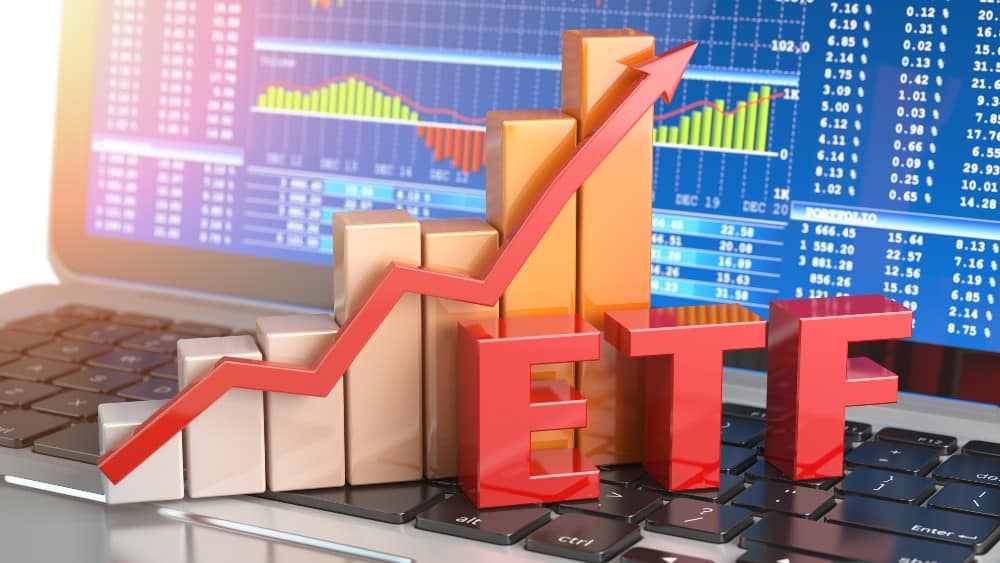The investment landscape since late February 2022 borders on the wild side. Because of stubborn inflation, supply chain disruptions, and the raging war in Eastern Europe, the downward pressure on all types of investments, including stocks, won’t stop anytime soon.
Risk-averse Canadians may want to consider changing their investment strategies in the volatile marketplace. On the stock market, holding exchange-traded funds (ETFs) instead of individual stocks is one way to counter market risks. ETFs like BMO Low Volatility Canadian Equity ETF (TSX:ZLB) and Vanguard Balanced ETF Portfolio (TSX:VBAL) are lower-risk, income-generating options right now.
100% large-cap TSX stocks
BMO Global Asset Management (BGAM) is a popular fund manager in Canada’s ETF industry. It designs ETFs for various types of investors. BMO Low Volatility Canadian Equity ETF carries a low-to-medium risk rating and was designed to hold primarily Canadian stocks with lower volatility than the market.
According to BGAM, would-be investors gain exposure to a low-beta weighted portfolio of TSX stocks. For the BMO Low Volatility Canadian Equity ETF, it utilizes a rules-based methodology to build a portfolio that consists of large-cap Canadian stocks which are less market-sensitive. The basket currently holds 47 stocks.
The advantage of holding ZLB is the sector allocation. Only two of the TSX’s 11 primary sectors, health care and technology, have zero representations. The financial (21%), utilities (16.12%), and consumer staples (15.31%) sectors have the most significant percentage weights.
Hydro One, Intact Financial Corp., Emera, Metro Inc., and Franco-Nevada are the top five holdings. ZLB trades at $39.44 per share (-1.67% year to date) and pays a modest $2.62 dividend.
Mixed assets
The difference between the Vanguard Balanced ETF Portfolio and BMO Low Volatility Canadian Equity ETF is the asset allocation. Besides stocks, the fund also invests in fixed-income securities. Sometimes, Vanguard invests in one or more ETFs. The primary objective is to provide long-term capital growth with a moderate level of income.
As much as possible, VBAL maintains a long-term strategic asset allocation, 60% stocks and 40% fixed-income securities. As of this writing, the geographic concentration of the fund is Canada (29.7%) and the United States (44.3%). For equities and on a per sector basis, financial (19.1%), technology (16.6%), and industrials (12.7%) have the largest representations.
Like ZLB, the stock holdings of VBAL are mostly large-cap stocks. Apple, Microsoft, Royal Bank of Canada, Toronto Dominion Bank, and Enbridge are the top five stocks. The fixed-income portion includes investment instruments issued by the Canadian and U.S. Treasury, other government-related agencies, corporate-industrials, and corporate-financial Institutions, among others.
If you invest today, the share price of VBAL is $26.84 (-12.34% year to date), while the dividend yield is 2.5%.
Safe quarterly payouts
Not all ETFs are ideal investments in today’s prevailing uncertainty. Risk-averse investors, including beginners, need to maintain financial discipline and exercise caution. You would be prudent to avoid crypto-related ETFs in the meantime because of extreme volatility in the cryptocurrency investment space.
The dividend payments of the BMO Low Volatility Canadian Equity ETF and Vanguard Balanced ETF Portfolio are modest, but they should be safer in the current market environment. Besides capital protection and diversification, you’d receive recurring passive income streams every quarter.








